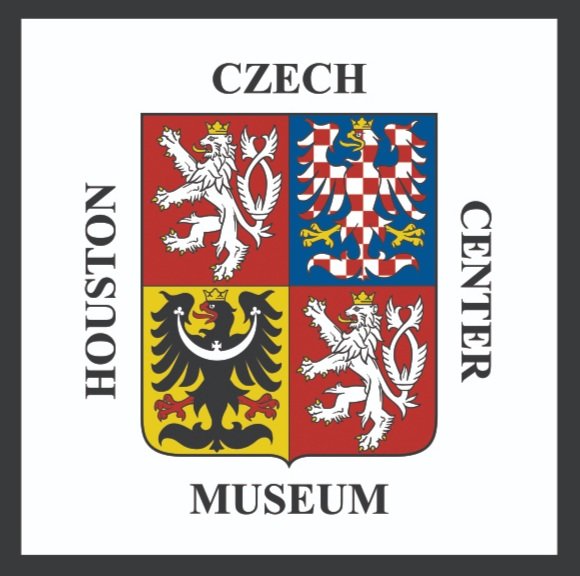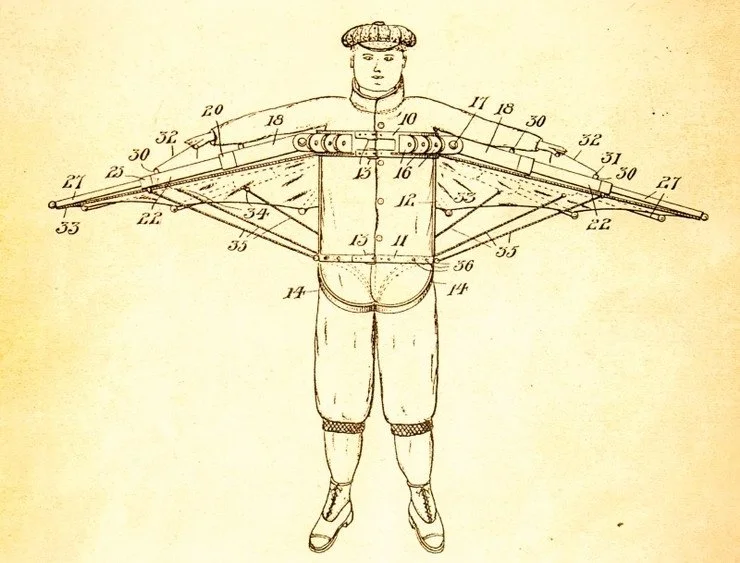Over the years, numerous Czech dolls were donated to the ┬ķČ╣Š½ŲĘ. Despite their varying heights, they all present themselves proudly, showing off their meticulously designed kroje ŌĆō or Czech traditional clothing.
The kroj (pl. kroje) is a traditional Czech and Slovak outfit originating from the 15th century. From daily use to social gatherings, the kroje are specially designed for all kinds of occasions such as work, festivals, weddings, and more. The kroj became such an integral component of Czech tradition that the kroj remains an iconic representation of Czech culture worn during special occasions.
The basic foundational components of a kroj typically include a blouse, vest or jacket, skirt or trouser, apron, headwear, and other accessories. However, kroje varies from town to town as each region developed its own style.
Some examples of regional kroje are shown through these dolls. Each doll dons a unique kroj representative of a particular region, celebrating the various artistic expressions of Czech culture through traditional folk costumes.
Beyond their outfits, the dolls also demonstrate diversity in their manufacturing style. Some dolls have a pronounced rosiness to their cheeks, while others have accentuated blue eyes. A few dolls are able to ŌĆ£sleepŌĆØ when they lie on their backs, suggesting their functional use as a toy. On the other hand, some dolls were created to stand on a pedestal, encouraging a proper presentation of the doll. Overall, the various production designs of these dolls highlight their multifunctional displays of kroje that best reflect their respective companies' missions.
This doll was made by Lidova Tvorba Uhersky Brod. Dolls made by this company are notably tagged with a gold triangle that has a red icon of a doll and the companyŌĆÖs name.
One company identified as a manufacturer of several dolls is Lidova Tvorba Uhersky Brod. Established in 1936 in Uhersk├Į Brod, this co-op prides itself on the hand-production of traditional Moravian-Slovak folk costumes through dolls.
Lidova Tvorba Uhersky Brod participated in the 1937 Slovak Region Exhibition in Uhersk├Į Hradi┼Īt─ø during their second year of activity. This exhibition was primarily initiated by the Slovacko Museum to promote local cultural interest in the history, tradition, and beauty of the Slovacko region. At this exhibition, Lidova Tvorba Uhersky Brod earned a gold medal for their creative display of kroje on dolls.
In the same year, the company won a silver medal at the World Exhibition in Paris. They later presented themselves at an international exhibition in New York in 1940. Based on this companyŌĆÖs repeated effort to proactively participate in regional and global exhibitions, they demonstrate their impetus in promoting Czech culture through their dolls.
Though Lidova Tvorba Uhersky Brod is globally recognized for their work, other Czech doll companies, too, produced carefully crafted kroje on dolls. They provide meaningful exposure of traditional Czech costumes through an easily digestible medium of toys, which can be bought and gifted. Thus, these doll companies contributed to broadening the exposure to Czech culture beyond exhibitions through the commodification of Czech dolls, encouraged to be bought and exchanged by locals and tourists.
These dolls are currently on view on the first floor at the CCMH.
Written by Ryan Banda
Sources:
ŌĆ£Czechia: Uhersky Hradtiste Region, Southern Moravia.ŌĆØ National Costume Dolls. https://babogenglish.wordpress.com/2023/11/21/czechia-uhersky-hradiste-region-southern-moravia/. Accessed 29 Mar. 2025.
ŌĆ£Folk Art - Uhersky Brod Artistic Production Cooperative.ŌĆØ SLOVACKO, Tradicni vyrobek SLOVACKO. https://www.tradicnivyrobek.cz/znacka/lidova-tvorba/. Accessed 29 Mar. 2025.
Jancar, Josef. ŌĆ£The Slovak Exhibition of 1937 and the Development of Folk Production in Slovakia.ŌĆØ Regional Folk Art Center in Straznicka, Ethnic Historical News, vol. 10, no. 1, 1973, pp. 27-31, https://na.nulk.cz/1973/1/Nr.html#03. Accessed 29 Mar. 2025.
KYTKA. ŌĆ£Czech Dolls in Traditional Folk Dresses.ŌĆØ Tres Bohemes, Czechs in America, https://www.tresbohemes.com/2016/10/czech-dolls-in-traditional-folk-dress/. Accessed 29 Mar. 2025.















